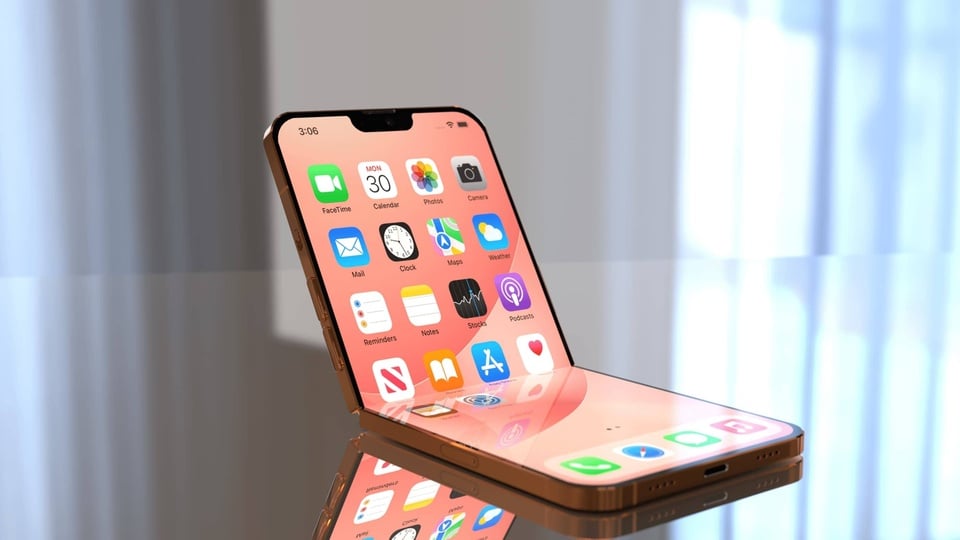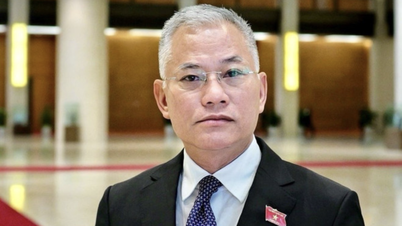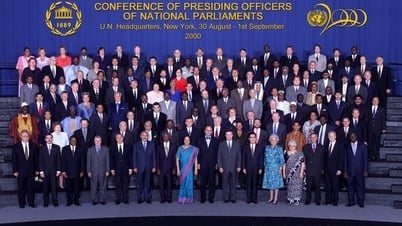 |
The foldable iPhone will use Samsung's advanced display technology. Photo: Cult of Mac . |
After nearly a decade of research, Apple is likely to launch its first foldable iPhone in 2026. Notably, this smartphone will use screen technology provided by Samsung Display. Instead of developing its own folding design, Apple seems to have chosen a "wrinkle-free" screen solution from its Korean rival.
The information was provided by Ming-Chi Kuo, an analyst who specializes in tracking Apple's supply chain. According to him, the cooperation with Samsung will help the iPhone manufacturer take advantage of hinge and folding screen technologies that have been proven through many generations of products.
Fine M-Tech, a South Korea-based hinge supplier, is said to be the biggest beneficiary, and is expanding production in Vietnam to serve its plan to ship foldable iPhones from the first quarter of 2026.
Foldable displays have been a major challenge for the industry. Samsung, for example, suffered a setback with the launch of the Galaxy Fold in 2019, when the device broke after just a few days of use. However, the company persisted in improving the technology, paving the way for the current crop of foldable devices. For Apple, using technology from its Korean rival could help shorten development time and avoid similar problems.
Kuo said Apple has set stricter requirements for the durability and flatness of the foldable display, including laser drilling and pixel placement to reduce surface wrinkling. However, he also admitted that more time is needed to evaluate the effectiveness in real-world conditions.
According to forecasts, the first batch of foldable iPhones could reach 13-15 million units in 2026. The expected price is in the range of $1,800-$2,000 , equivalent to Samsung's current high-end foldable phone models. In addition, the analysis firm UBS estimates the material cost of the device at around $750 .
Apple’s partnership with Samsung is not new. Despite a long-running legal dispute, Samsung Display has been the supplier of OLED screens for iPhones since the iPhone X was launched in 2017. Other components, including memory and storage in many of Apple’s smartphones, are also supplied by Samsung subsidiaries.
Source: https://znews.vn/iphone-gap-cua-apple-se-dung-cong-nghe-tu-doi-thu-post1570267.html























![[Photo] National Assembly Chairman Tran Thanh Man visits Vietnamese Heroic Mother Ta Thi Tran](https://vphoto.vietnam.vn/thumb/1200x675/vietnam/resource/IMAGE/2025/7/20/765c0bd057dd44ad83ab89fe0255b783)











































































Comment (0)